Home>Gardening & Outdoor>Landscaping Ideas>Why Do Deer Eat Grass
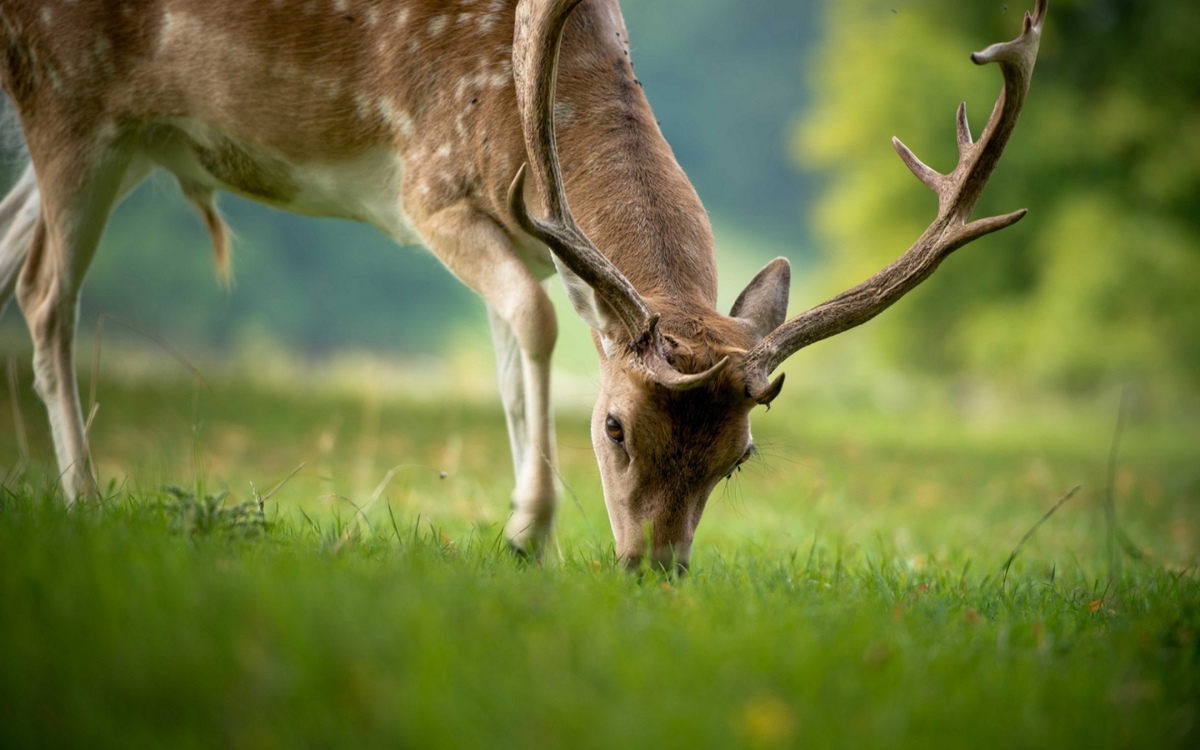

Landscaping Ideas
Why Do Deer Eat Grass
Published: January 30, 2024
Discover why deer eat grass and how it can impact your landscaping ideas. Learn how to protect your garden from deer damage with effective strategies.
(Many of the links in this article redirect to a specific reviewed product. Your purchase of these products through affiliate links helps to generate commission for Storables.com, at no extra cost. Learn more)
**
Introduction
**
Deer are majestic creatures that inhabit various ecosystems around the world. They are known for their graceful presence and gentle demeanor, often spotted grazing in meadows or wandering through forests. While their diet primarily consists of woody plants, leaves, and fruits, it may come as a surprise that deer also have a penchant for consuming grass. This behavior raises the question: why do deer eat grass?
In this article, we will delve into the intriguing world of deer foraging habits, exploring the reasons behind their consumption of grass and the potential benefits it offers. By gaining a deeper understanding of this aspect of deer behavior, we can develop a greater appreciation for these enchanting animals and the intricate dynamics of their natural environment. So, let's embark on a journey to uncover the mysteries of why deer are drawn to this humble plant.
**
Key Takeaways:
- Deer eat grass for diverse nutrients, efficient foraging, digestion, and hydration. Their diet adapts seasonally, showcasing their resilience and ability to thrive in diverse environments.
- Grass provides essential fiber, vitamins, minerals, and energy for deer, supporting their overall health and vitality. Their dietary habits reflect a harmonious relationship with nature’s rhythms.
Read more: What Grass Do Deer Eat
The Diet of Deer
**
Deer are classified as herbivores, meaning that their diet primarily consists of plant matter. Their food preferences can vary based on the availability of resources and the specific species of deer. Generally, deer are known to consume a wide array of vegetation, including leaves, twigs, buds, fruits, and grasses. This diverse diet allows them to adapt to different environments and seasons, ensuring their survival in various habitats.
Woody plants, such as shrubs and tree saplings, are a significant component of a deer’s diet, especially during the colder months when other food sources may be scarce. However, the consumption of grass is also a notable aspect of their feeding behavior. While grass may not be their primary food source, it holds a distinct place in the menu of these graceful herbivores.
Understanding the broader dietary habits of deer provides valuable context for exploring the specific role of grass in their nutritional intake. By gaining insights into the overall feeding patterns of deer, we can better appreciate the significance of grass within the framework of their dietary preferences and ecological interactions.
**
Reasons for Eating Grass
**
Deer’s consumption of grass can be attributed to several factors, each contributing to their overall dietary habits and foraging behavior. While grass may not be their primary food source, it plays a meaningful role in their nutritional intake and ecological interactions.
- Diversity in Diet: Deer are opportunistic feeders, capable of adjusting their diet based on resource availability and seasonal changes. Grass represents a readily accessible and abundant food source, particularly in open fields and meadows. By incorporating grass into their diet, deer can diversify their nutrient intake, ensuring a balanced and adaptable feeding strategy.
- Foraging Efficiency: Grazing on grass allows deer to efficiently cover large areas while foraging. This behavior aligns with their natural inclination to browse and explore their surroundings in search of sustenance. Grass serves as a convenient and energy-efficient option, enabling deer to meet their nutritional needs while conserving energy for other essential activities.
- Digestive Benefits: The fibrous nature of grass can aid in digestion and contribute to overall gut health for deer. As ruminants, deer possess a complex digestive system that relies on a balance of fibrous and nutrient-rich foods. Grass can serve as a vital component in maintaining digestive function and promoting optimal nutrient absorption within their digestive tract.
- Hydration Source: In addition to its nutritional value, grass can also provide moisture to deer, especially during dry periods. The succulent nature of certain grass species offers a supplementary source of hydration, complementing their water intake from other natural sources such as streams, ponds, and dew-covered vegetation.
These reasons collectively underscore the significance of grass in the dietary repertoire of deer, shedding light on the multifaceted role it plays in their foraging behavior and overall well-being. By embracing the diverse array of available food sources, including grass, deer exhibit a remarkable ability to adapt to their environment and thrive amidst varying ecological conditions.
**
Deer eat grass because it is a good source of nutrients like protein and fiber. Grass also helps with digestion and provides hydration.
Nutritional Benefits of Grass
**
Grass offers a range of nutritional benefits that contribute to the well-being of deer, enriching their diet with essential elements that support their overall health and vitality. While deer are known to consume a variety of plant matter, the nutritional composition of grass holds particular significance in enhancing their dietary intake.
- Fiber and Roughage: Grass is a rich source of dietary fiber, providing deer with essential roughage that aids in digestion and promotes gastrointestinal health. The fibrous nature of grass supports proper rumen function in deer, facilitating the breakdown of plant material and the extraction of vital nutrients from their foraged food.
- Vitamins and Minerals: Certain grass species contain valuable vitamins and minerals that contribute to the nutritional profile of deer. These include vitamin A, vitamin C, calcium, magnesium, and potassium, among others. By incorporating grass into their diet, deer can access these micronutrients, bolstering their overall nutritional intake and supporting various physiological functions.
- Protein Content: While grass is not as protein-dense as other plant sources consumed by deer, it still contains a modest amount of protein. This protein content, albeit lower in comparison to legumes and certain browse plants, contributes to the overall amino acid profile available to deer, supporting their muscle maintenance and metabolic processes.
- Energy Provision: Grass serves as a valuable energy source for deer, supplying carbohydrates that can be converted into essential fuel for their daily activities. This energy provision is particularly beneficial during periods of heightened activity, such as mating season and the rearing of young fawns, enabling deer to sustain their physical exertion and metabolic demands.
By recognizing the nutritional benefits of grass, we gain a deeper appreciation for its role in enriching the dietary landscape of deer. The diverse array of nutrients present in grass contributes to the holistic well-being of these graceful herbivores, ensuring that they can thrive in their natural habitats and maintain a balanced nutritional equilibrium.
**
Seasonal Variation in Diet
**
Deer exhibit remarkable adaptability in their dietary preferences, showcasing a dynamic approach to foraging that evolves in tandem with seasonal changes and ecological shifts. The interplay of seasonal variation and its impact on deer’s diet underscores the nuanced relationship between these elegant herbivores and the natural world around them.
Spring and Summer: During the spring and summer months, deer’s dietary habits undergo a notable shift, influenced by the abundance of new growth and lush vegetation. This period marks a time of plenty, with deer gravitating towards tender shoots, young leaves, and a diverse array of herbaceous plants. While grass remains a consistent component of their diet, the spring and summer seasons usher in a bounty of alternative food sources, including legumes, forbs, and fruits. This abundance allows deer to capitalize on a varied and nutrient-rich menu, supporting their growth, reproduction, and overall vitality.
Fall: As autumn unfolds, the dietary preferences of deer adapt to the changing landscape, characterized by the transition from verdant greenery to a spectrum of autumnal hues. During this season, deer display a heightened interest in mast crops, such as acorns, beechnuts, and other nuts, which serve as a concentrated source of energy and essential nutrients. While grass continues to be part of their foraging repertoire, the allure of fallen fruits and nuts adds a seasonal dimension to their dietary choices, reflecting the evolving availability of food resources in their environment.
Winter: The onset of winter brings forth a period of dietary austerity for deer, as the scarcity of fresh vegetation prompts them to rely on woody browse, twigs, and, to a lesser extent, grass. With snow-covered landscapes and limited forage options, deer demonstrate a resilient adaptation to the challenges of winter, utilizing their browsing skills to procure sustenance from dormant woody plants. Grass, although subdued in its growth, remains a steadfast component of their winter diet, offering a valuable source of fiber and nutrition amidst the seasonal constraints.
The seasonal variation in deer’s diet showcases their innate ability to adapt to the ever-changing rhythms of nature, navigating the ebb and flow of food availability with resilience and resourcefulness. By embracing a diverse array of food sources, including grass, deer exemplify their capacity to thrive in diverse environments and harmonize with the cyclical patterns of the natural world.
**
Read more: What Are Deer Eating In The Grass
Conclusion
**
Delving into the intricate world of deer foraging habits reveals a captivating tapestry of dietary diversity, ecological adaptability, and the enduring allure of grass as a fundamental component of their nutritional landscape. The enigmatic question of why deer eat grass unravels a narrative that intertwines the nuances of their dietary preferences with the broader dynamics of their natural environment.
From the verdant expanses of spring to the snow-draped tranquility of winter, deer navigate a kaleidoscope of seasonal changes, each leaving an indelible imprint on their dietary choices. Grass, with its fibrous sustenance and nutritional richness, emerges as a steadfast companion in the mosaic of food sources that sustain these graceful herbivores throughout the year.
As we ponder the reasons for deer’s consumption of grass, we uncover a tapestry of interconnected factors, from foraging efficiency and digestive benefits to the diverse array of nutrients that grass offers. The dietary habits of deer reflect an intricate dance between adaptation and resilience, as they harmonize with the rhythms of nature and embrace the ever-shifting bounty of their surroundings.
Ultimately, the consumption of grass by deer epitomizes their innate ability to thrive amidst ecological diversity, showcasing their capacity to glean sustenance from a multitude of sources. By recognizing the significance of grass within the broader dietary tapestry of deer, we gain a deeper appreciation for the intricate interplay between these elegant herbivores and the natural world they call home.
So, the next time you encounter a deer grazing in a sun-dappled meadow or meandering through a woodland glade, take a moment to marvel at the subtle complexities of their dietary choices, and the enduring allure of grass as a humble yet essential component of their nourishment.
Frequently Asked Questions about Why Do Deer Eat Grass
Was this page helpful?
At Storables.com, we guarantee accurate and reliable information. Our content, validated by Expert Board Contributors, is crafted following stringent Editorial Policies. We're committed to providing you with well-researched, expert-backed insights for all your informational needs.
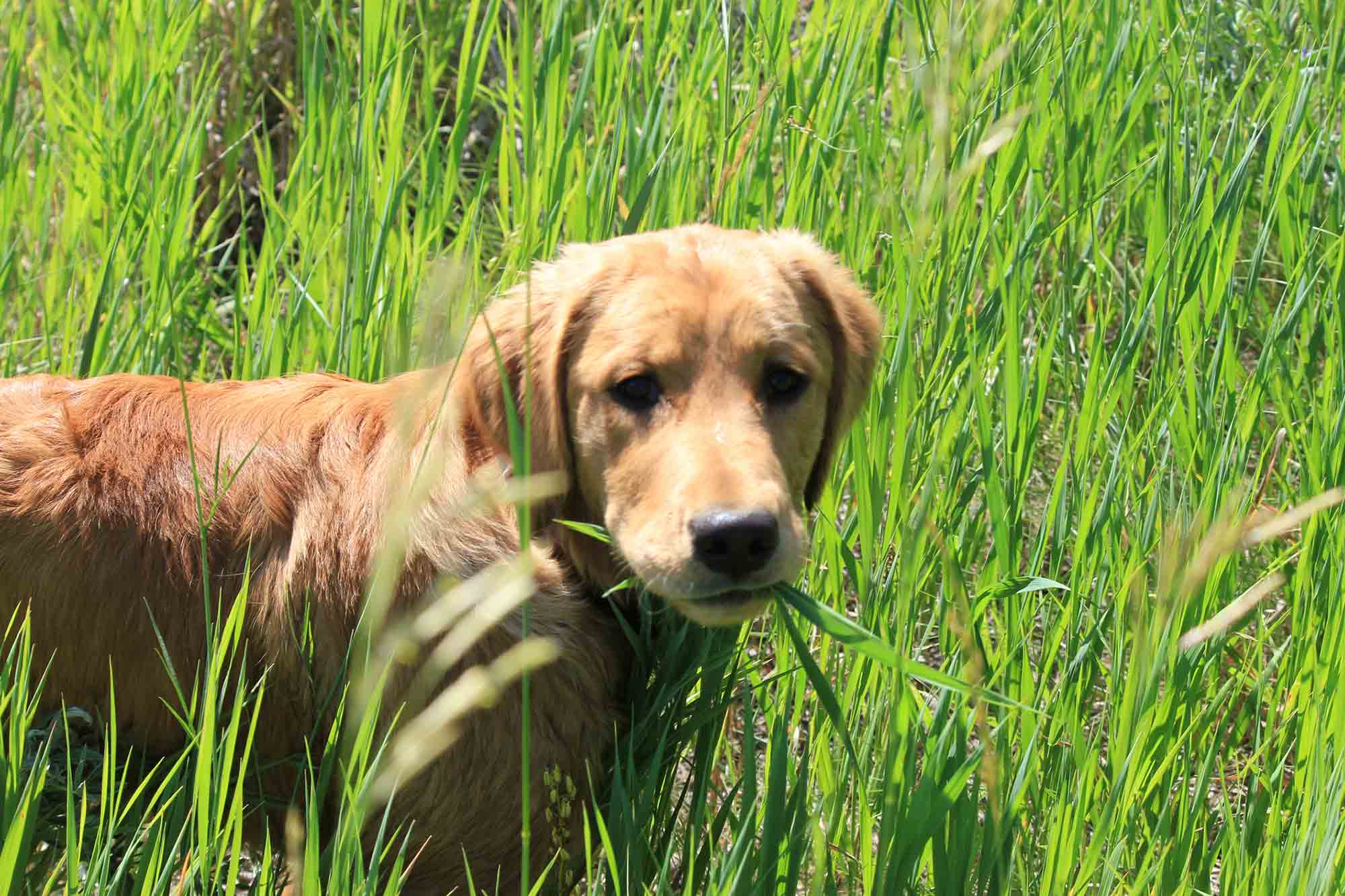

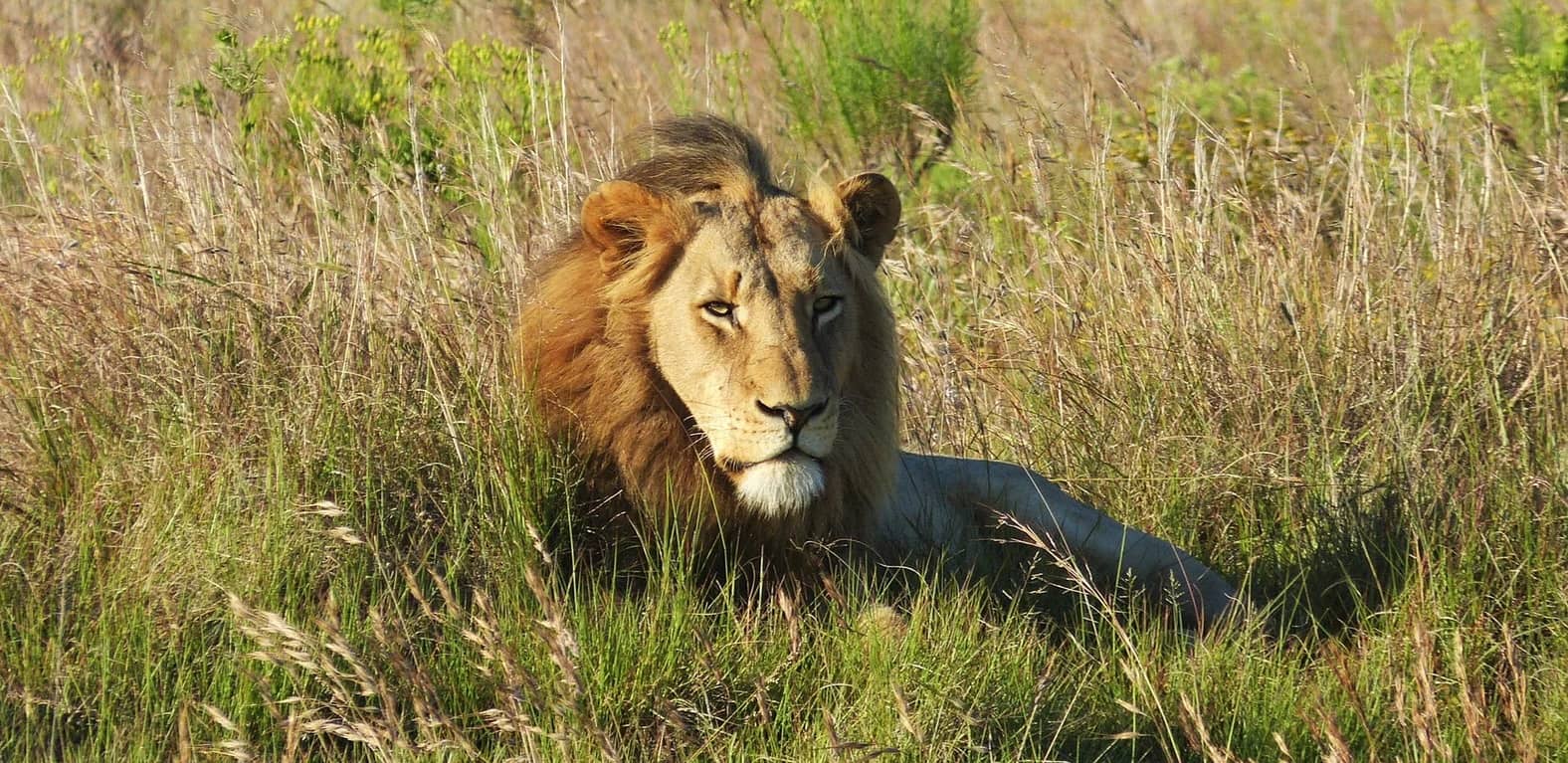
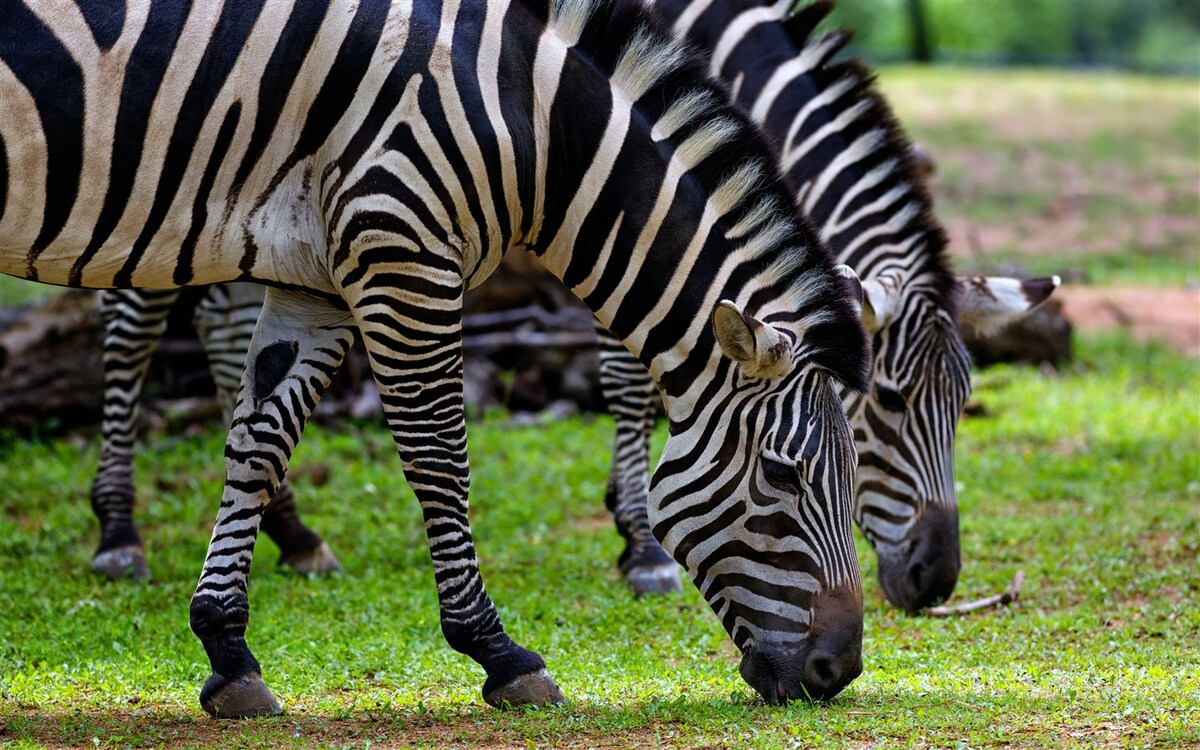
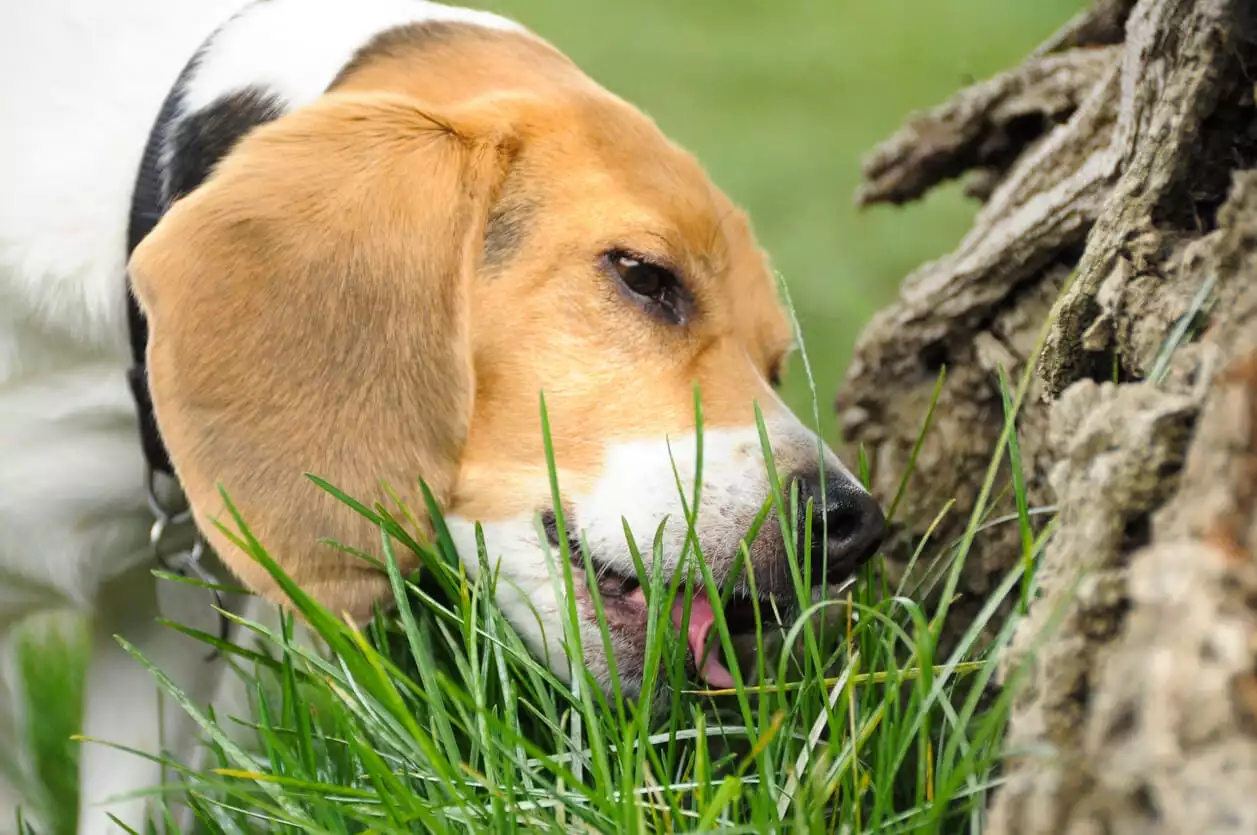
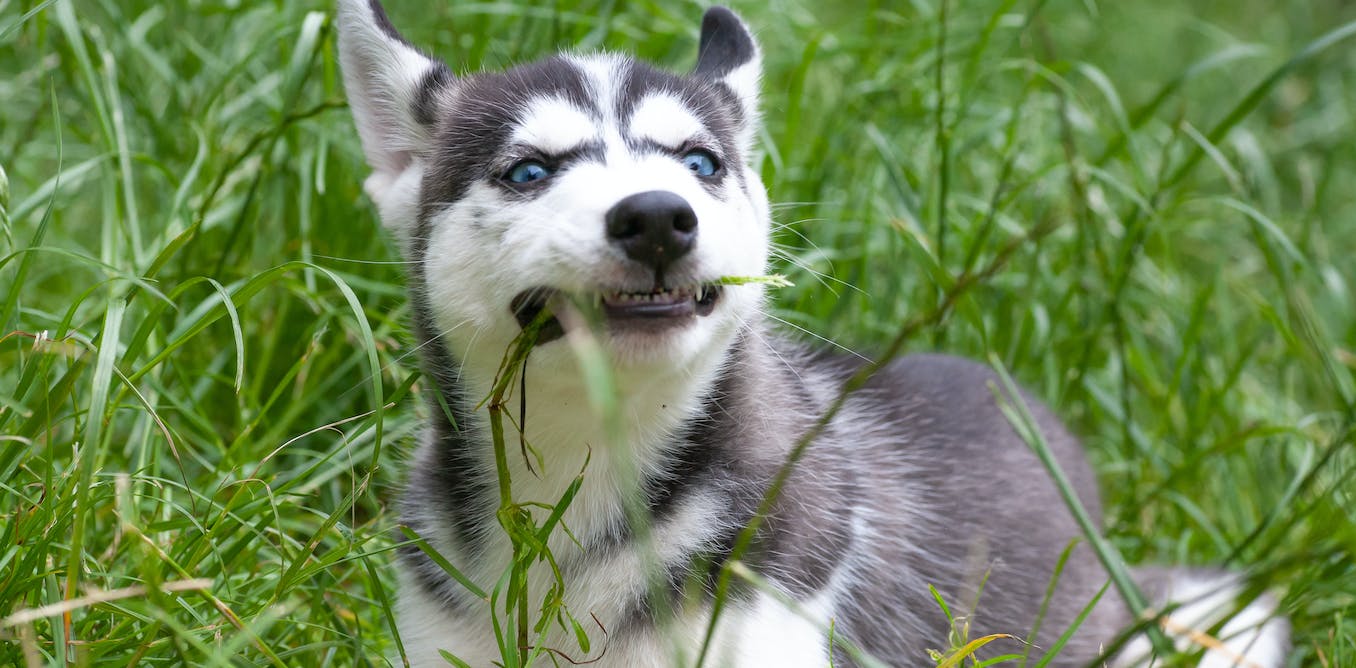
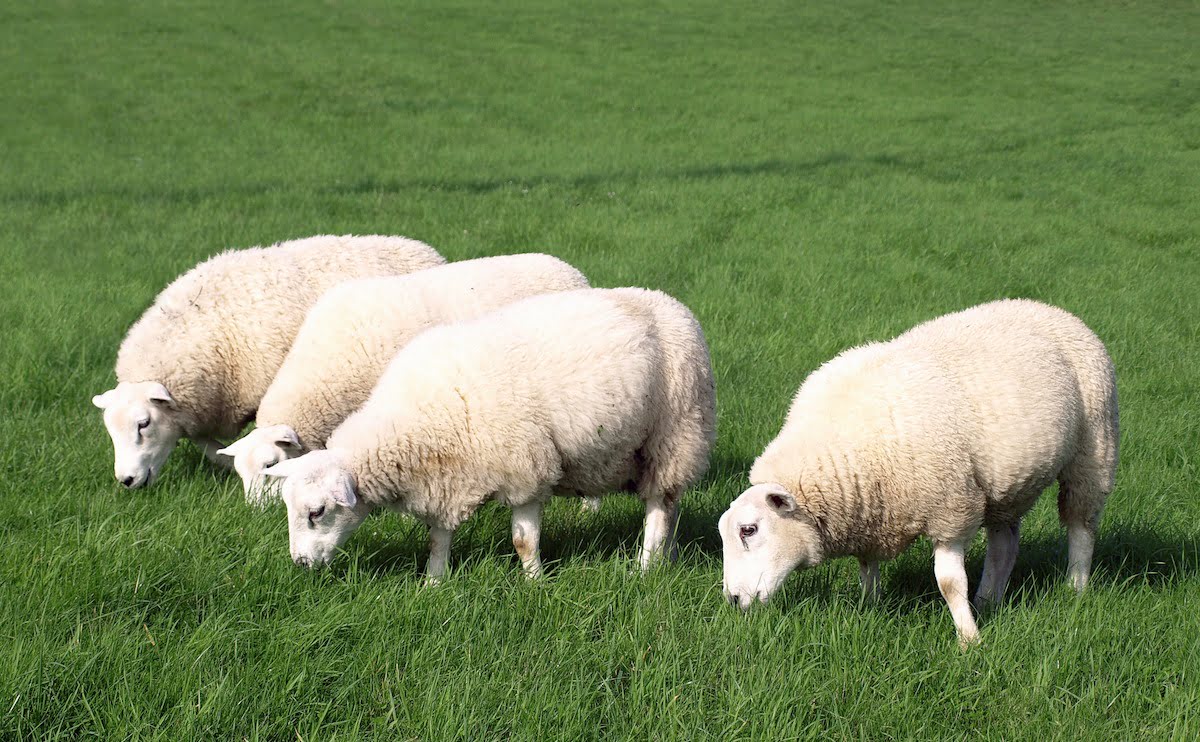

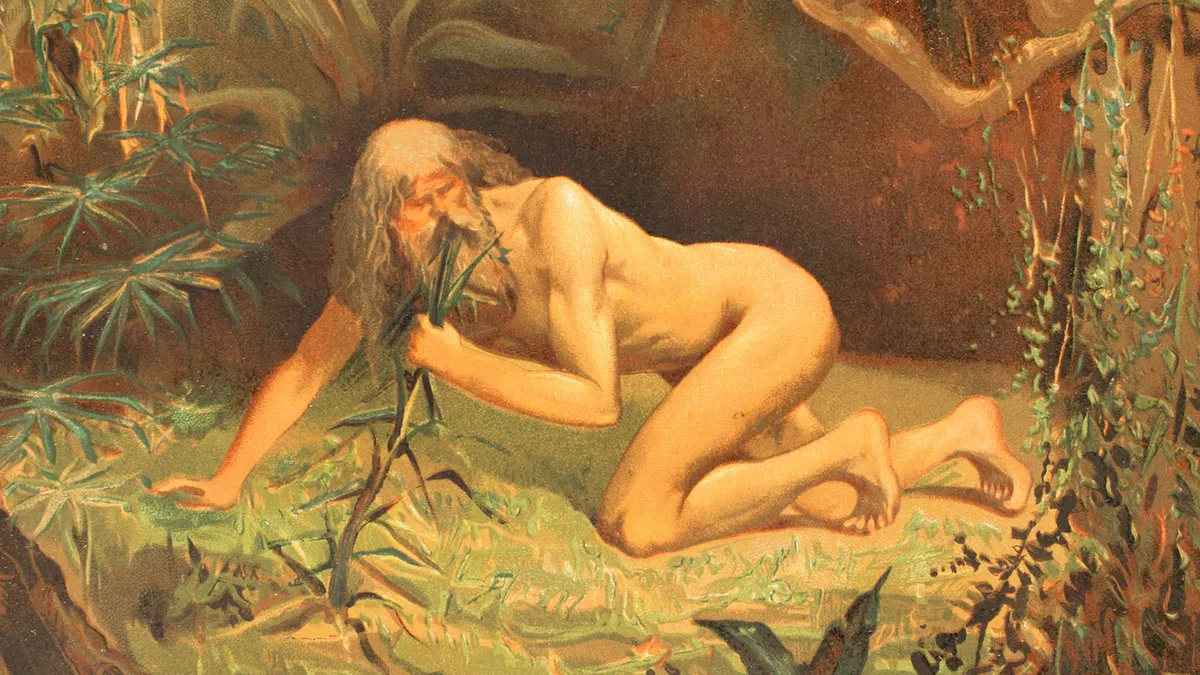
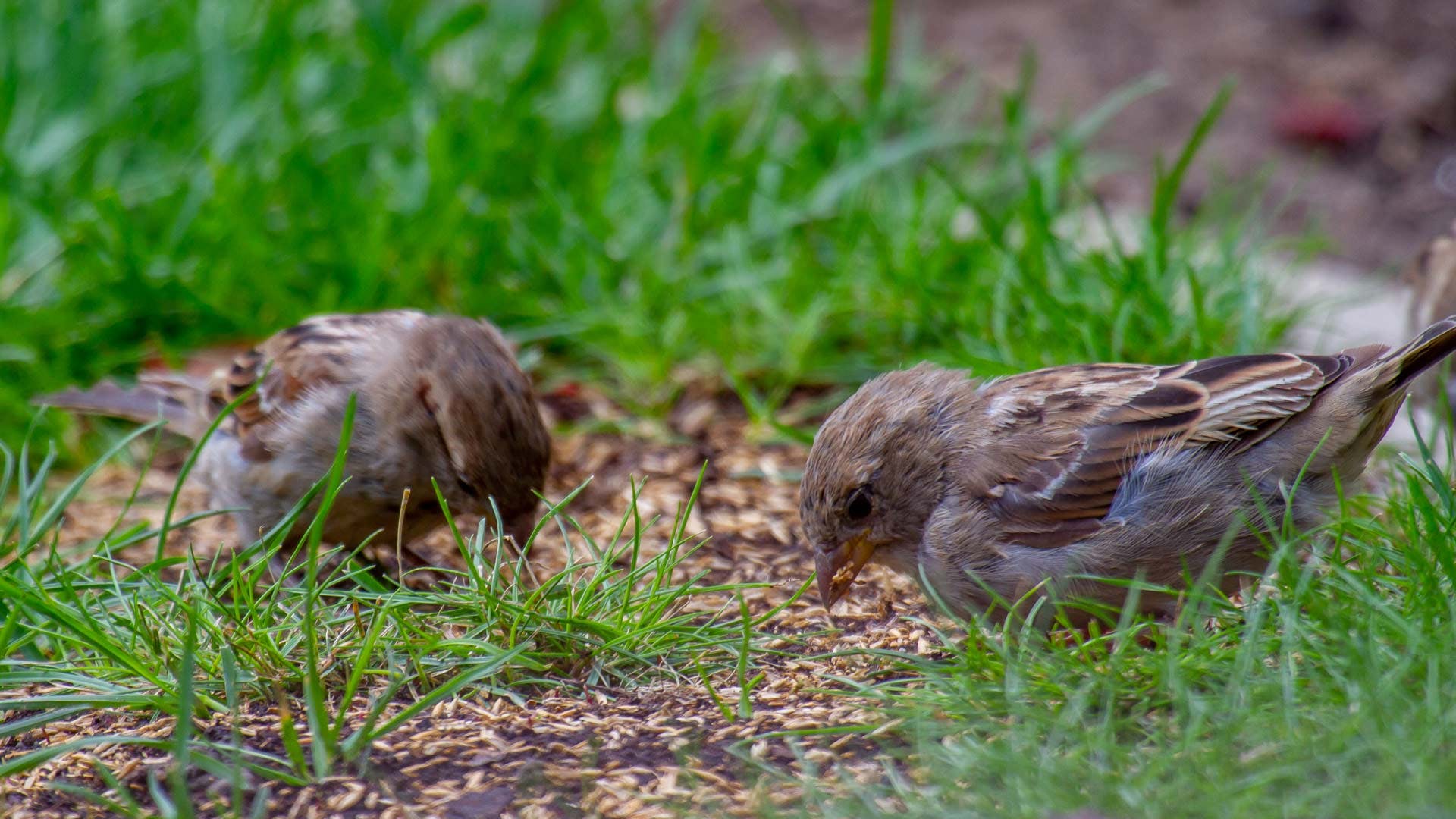
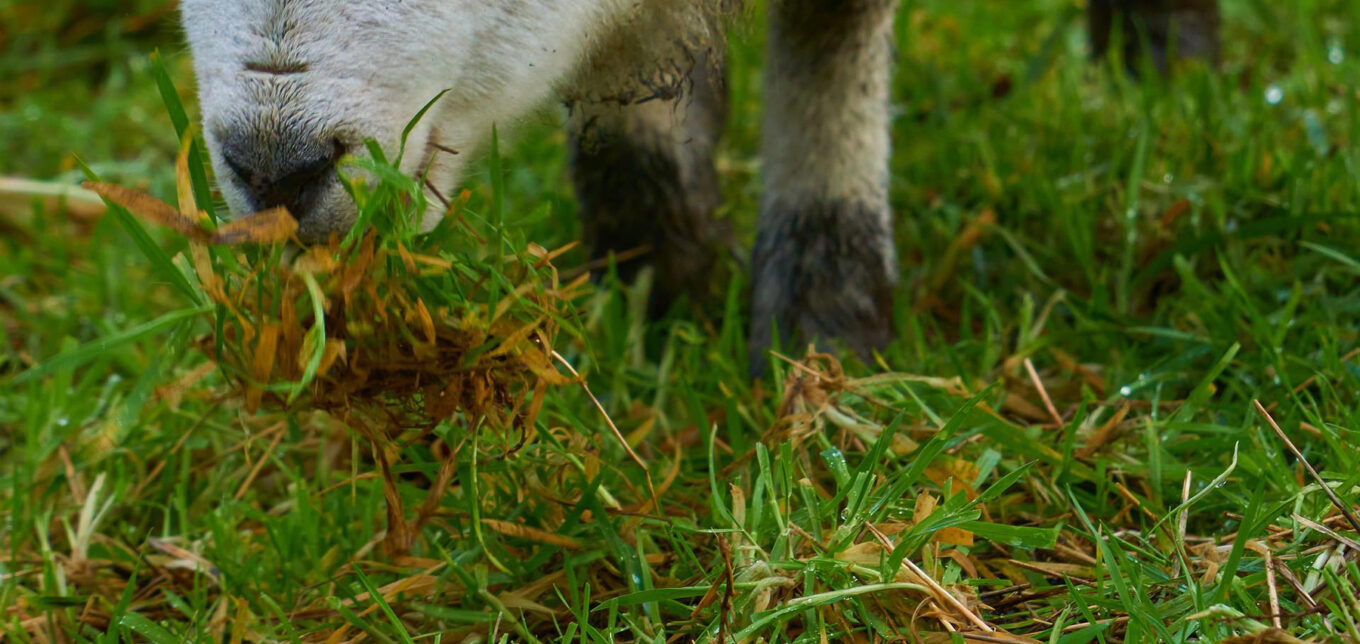
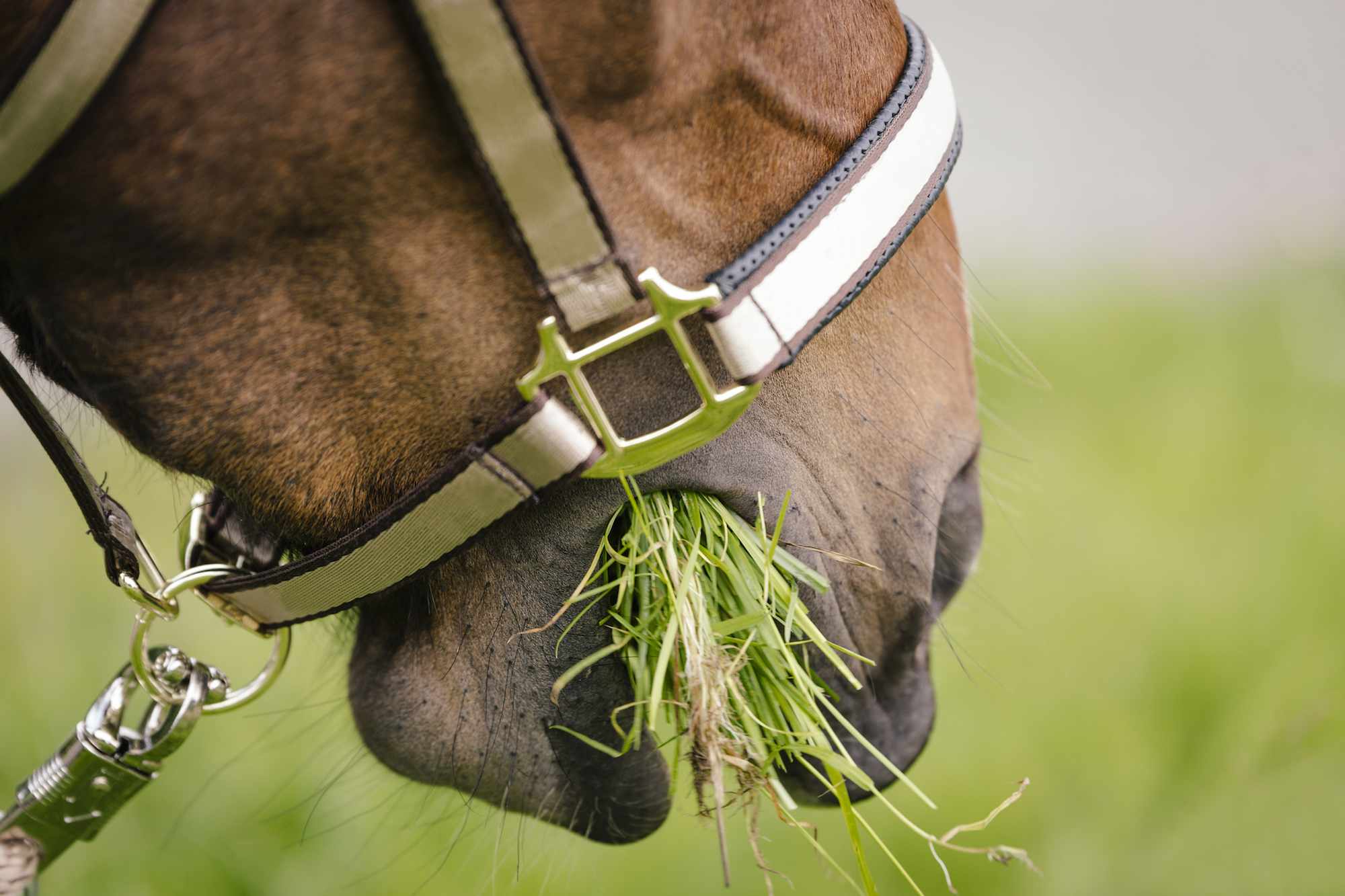

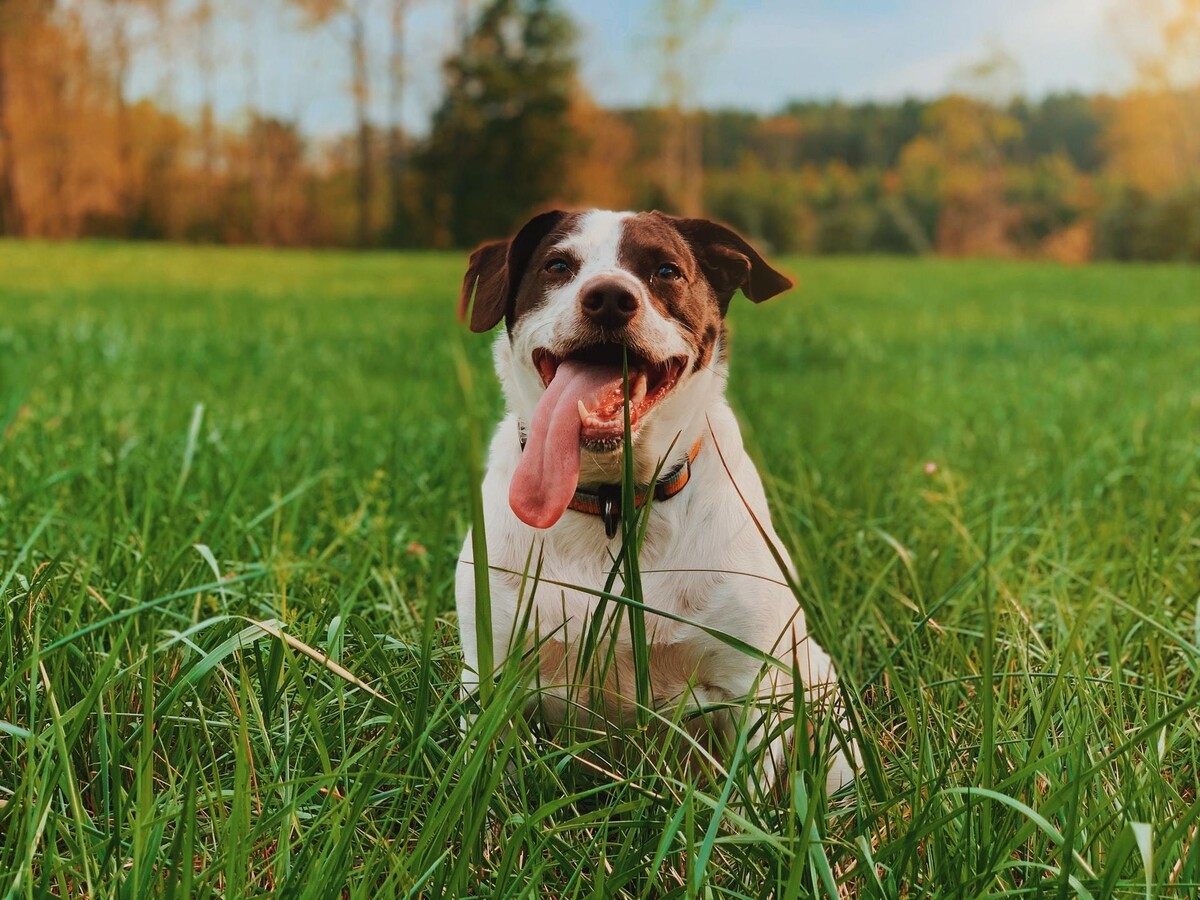

0 thoughts on “Why Do Deer Eat Grass”